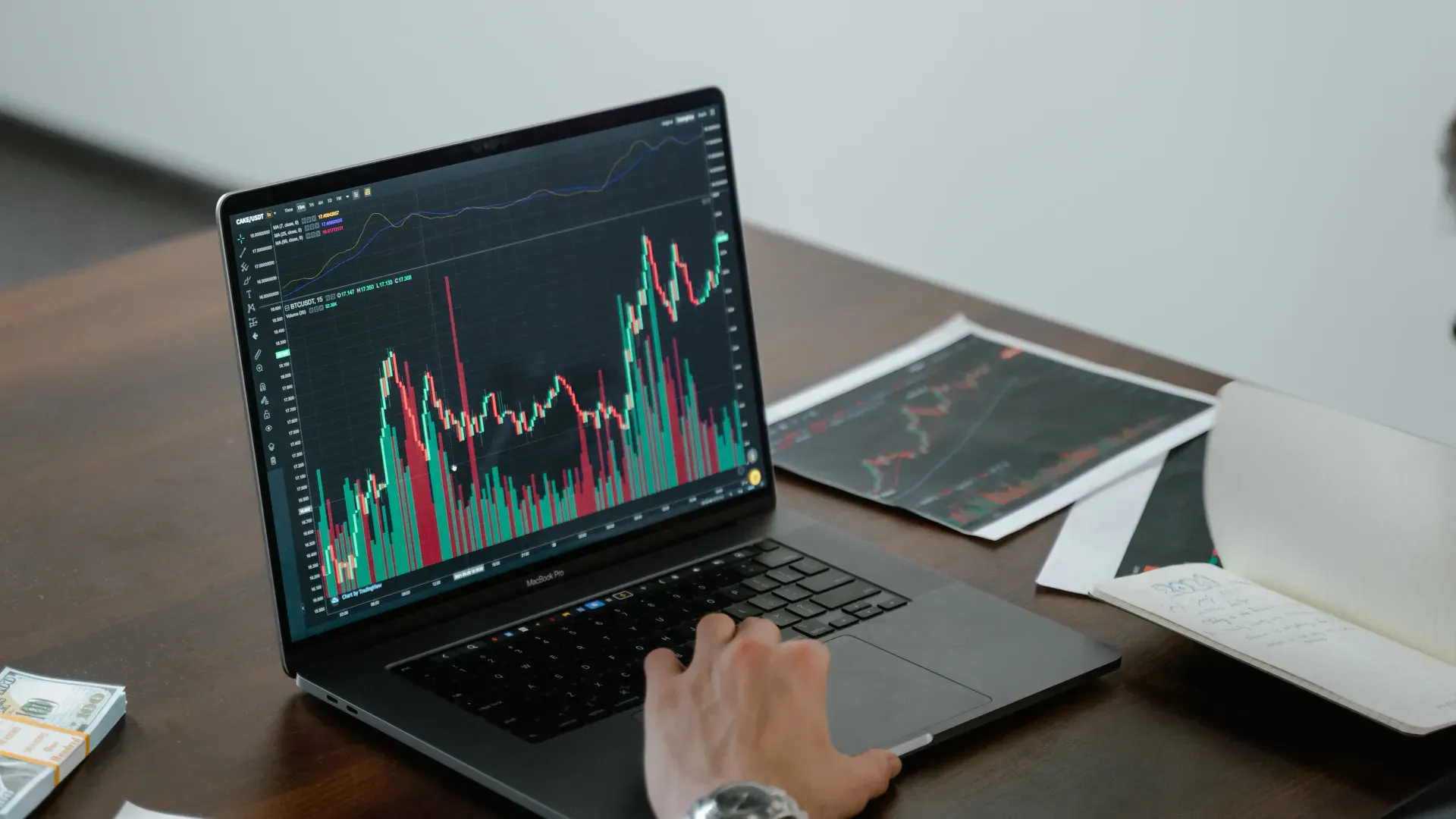
Risk/Reward Ratio: What It Is and how Stock Investors Use It
What Is the Risk/Reward Ratio?
The risk/reward ratio is a measure used by investors to compare the potential return of an investment to the risk of losing capital. It is often used by traders to decide which trades to take, and is calculated by dividing the potential loss (the risk) by the expected profit (the reward).
For example, an investment with a risk/reward ratio of 1:7 means the investor is willing to risk $1 for the potential to earn $7.
A risk/reward ratio of 1:3 indicates that the investor expects to invest $1 for the possibility of earning $3. This ratio helps investors evaluate the prospects of reward for their investments over the potential risk of losing that capital.
Risk/Reward Ratio
Many market strategists consider a risk/reward ratio of approximately 1:3 to be ideal for their investments, meaning they expect three units of return for every one unit of additional risk.
Investors can use stop-loss orders and derivatives like put options to manage risk/reward more directly. The optimal risk/reward ratio varies among different trading strategies, and investors may need to experiment to find the best ratio for their strategy.
Some investors have a predetermined risk/reward ratio for their investments. The risk/reward ratio is often used as a measure when trading individual stocks.
What Does the Risk/Reward Ratio Tell You?
The risk/reward ratio is a tool that helps investors manage the risk of losing money on trades. It is calculated by comparing the trade entry point to the stop-loss and sell or take-profit orders, providing a ratio of profit to loss or reward to risk.
Even if a trader has some profitable trades, they may still lose money if their win rate is below 50%. Investors often use stop-loss orders to minimize losses and manage their investments with a focus on risk/reward.
A stop-loss order is a trigger that automatically sells a stock from an investor's portfolio if the stock reaches a predetermined low price. Setting stop-loss orders through a brokerage account is a common and typically low-cost way to manage risk/reward.
Example of the Risk/Reward Ratio in Use
As an example, consider a trader who buys 100 shares of XYZ Company at $20 and places a stop-loss order at $15 to limit potential losses to $500. Assume that this trader believes the price of XYZ will reach $30 in the next few months. In this case, the trader is willing to risk $5 per share in the hopes of making an expected return of $10 per share when closing the position, resulting in a 1:2 risk/reward ratio.
This ratio means that the trader stands to make double the amount they have risked. Derivatives contracts like put options, which allow their owners to sell an underlying asset at a specified price, can be used to similar effect.
If an investor desires a risk/reward ratio of 1:5 for a particular investment (five units of expected return for each additional unit of risk), they can adjust the stop-loss order to achieve this ratio. However, it is important to note that modifying the stop-loss order also changes the probability of success in the trade.
For example, if an investor in the above example set the stop-loss order at $18 instead of $15, they would reduce the potential loss but also increase the likelihood of the trade triggering the stop-loss order. This is because the stop order is much closer to the entry point in relation to the target price.
While the investor may stand to make a larger gain compared to the potential loss, they have a lower probability of achieving this outcome.